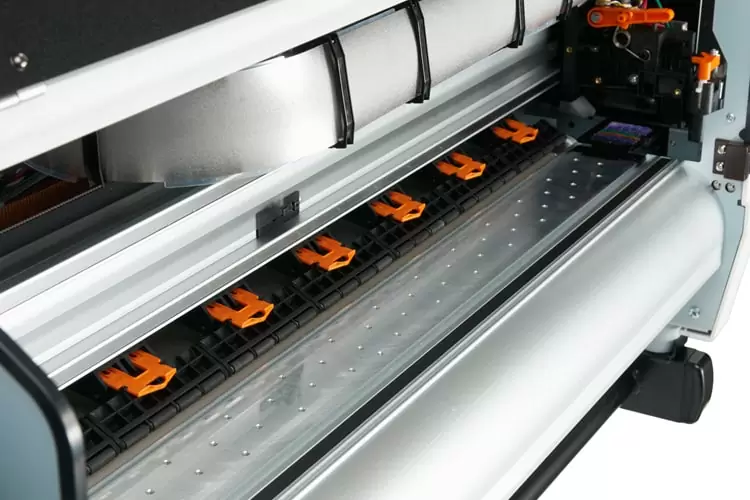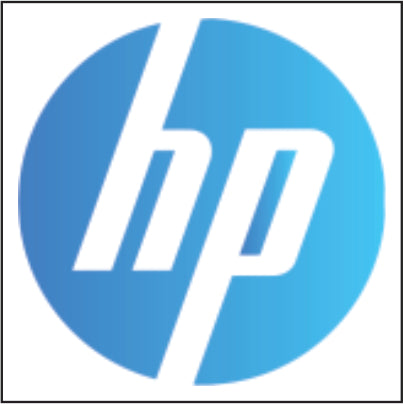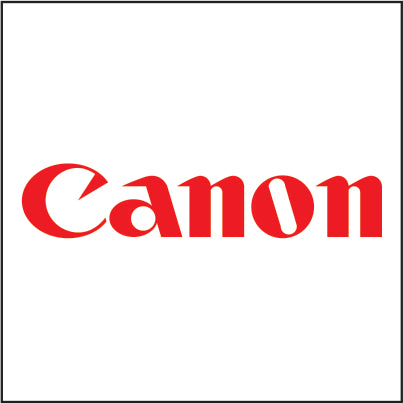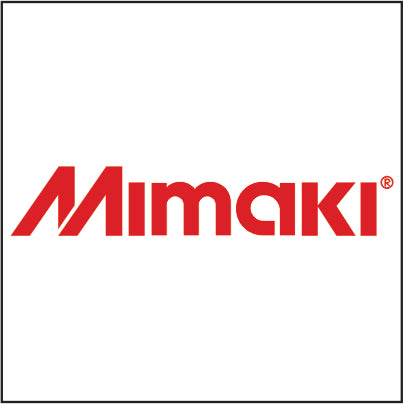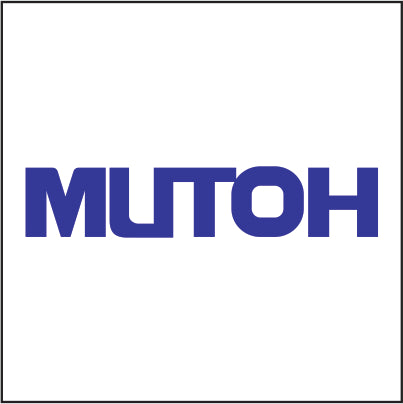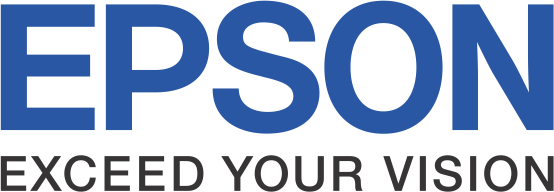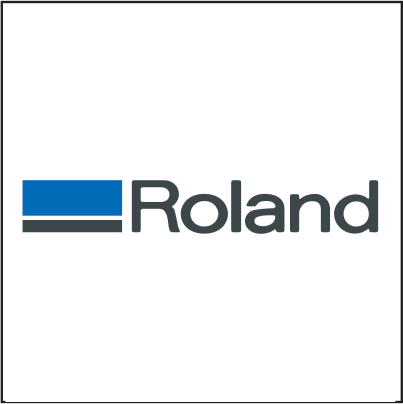WHAT DOES DTF MEAN IN PRINTING?
Direct-to-Film, or DTF printing, is reshaping the textile printing industry. It’s a process where designs are printed onto a special PET film, coated with adhesive powder, and heat-pressed onto fabric. The result? A durable, full-color transfer that works on cotton, polyester, blends, nylon, and more. For businesses and creators, what DTF means in printing goes beyond convenience—it’s about flexibility, vibrant detail, and professional-grade results without excessive setup or cost.

UNDERSTANDING WHAT DTF MEANS IN PRINTING
So, what does DTF mean in printing? Simply put, it’s a method that transfers printed images from film to fabric using heat and pressure. Unlike older technologies such as screen printing or DTG, DTF can print on almost any material or color. This makes it a reliable option for custom apparel, promotional products, and small-batch manufacturing.
The process begins by printing a design on PET film with CMYK + white inks using specialized DTF printers. A layer of hot-melt adhesive powder is then applied to the wet ink, melted with heat, and finally pressed onto the garment. The adhesive bonds the ink to the fibers, creating a vibrant, long-lasting image.
STEP-BY-STEP: HOW DTF PRINTING WORKS
-
Design Creation – Start with a digital design using graphic software.
-
Printing on Film – The design is printed onto PET film using DTF printers and pigmented DTF Inks including CMYK and white.
-
Adhesive Powder Application – A fine layer of hot-melt powder is sprinkled over the wet ink to ensure proper adhesion.
-
Curing – The film is gently heated so the powder melts and bonds to the printed image.
-
Heat Transfer – The cured film is placed on the fabric and pressed at about 165°C for 15–20 seconds.
-
Peel & Post-Press – The film is peeled off (either hot or cold), leaving the design on the fabric. A quick post-press improves durability and texture.
The result is a smooth, high-resolution print that stands up to washing and wear while maintaining bright color and detail.
EQUIPMENT AND MATERIALS NEEDED
To achieve professional results, you’ll need:
-
DTF Printers – Machines designed for printing with textile pigment inks. Reliable Mimaki Inks and Mutoh Inks ensure consistent, high-quality output.
-
PET Film – Special transfer film (≈0.75mm thick) available in hot-peel or cold-peel types.
-
Adhesive Powder – A granular hot-melt adhesive that bonds ink to fabric.
-
Curing Oven or Heat Press – For melting the adhesive powder and pressing transfers.
-
RIP Software – Manages color accuracy, ink limits, and white underbase layering for sharp, balanced prints.
-
Automatic Powder Shaker (Optional) – Ensures even coating and efficient production for larger runs.
Each element plays a role in ensuring strong adhesion, crisp edges, and vibrant, wash-resistant colors.
ADVANTAGES OF DTF PRINTING

DTF printing is gaining momentum for good reason. Its key advantages include:
-
Works on nearly any fabric—cotton, polyester, blends, and synthetics.
-
No pretreatment is required, unlike DTG.
-
Produces vivid, long-lasting, wash-resistant prints.
-
Handles detailed, full-color artwork with ease.
-
Efficient for both small orders and bulk production.
-
Transfers can be printed ahead of time and stored for future use.
The method’s flexibility makes it ideal for print shops that handle diverse materials or short-run orders. For a deeper look at its rise in popularity, see What is DTF Printing and Why Are So Many Print Shops Switching?
LIMITATIONS OF DTF PRINTING
While powerful, DTF isn’t perfect. Its printed area can feel slightly thicker than sublimated or DTG prints, especially on large solid designs. Since it uses PET film and adhesive powder, you’ll also need to manage consumable supplies and printer maintenance.
Additionally, the process isn’t ideal for full-garment, edge-to-edge printing—that’s where sublimation still excels. However, for logos, graphics, and intricate imagery, DTF remains a top performer.
WHICH IS BETTER, DTF OR SUBLIMATION?
This is a common question among print professionals. Sublimation infuses dye directly into polyester, producing flawless, lightweight prints with no surface feel—but it only works on white or light-colored poly fabrics. DTF printing, however, can handle dark shirts, cotton, and blended materials just as easily. While sublimation offers unmatched vibrancy on polyester, DTF wins in versatility.
If your shop prints on a variety of fabrics or dark garments, DTF is the better investment. If you focus solely on light polyester apparel, sublimation might still be ideal.
IS DTF PRINTING GOOD QUALITY?
Absolutely. DTF prints produce professional-grade detail and color saturation across fabrics. Because of the white underbase, designs remain vivid even on dark textiles. The finish is smooth, flexible, and resistant to cracking.
When paired with premium materials such as Mimaki Inks and Mutoh Inks, color output is consistent and long-lasting. Most users find that prints soften slightly after the first wash while retaining full vibrancy—proof of DTF’s durability and quality.
HOW LONG DO DTF PRINTS LAST?
When properly applied and cared for, DTF prints last as long as the garment itself. The adhesive powder creates a strong bond that resists peeling or fading through dozens of wash cycles.
Wash garments inside-out in cool water, avoid bleach, and tumble dry on low heat to keep the design looking new. Many decorators report DTF transfers holding up beautifully even after 40–50 washes. That durability is why many professionals view DTF as a worthy alternative to screen printing for custom apparel.
WHICH IS BETTER, DTF OR DTG?
Both DTF and DTG (Direct-to-Garment) offer digital printing precision, but their strengths differ:
-
DTG prints directly onto fabric fibers, producing a very soft hand feel—ideal for cotton.
-
DTF transfers the design via film, which slightly sits atop the fabric but adheres strongly to any material.
DTG requires pretreatment on dark garments and works best on cotton, while DTF prints on cotton, poly, and blends with no extra steps.
For high-volume cotton runs, DTG shines. For versatility, speed, and reduced prep time, DTF leads the way.
COMMON APPLICATIONS OF DTF PRINTING
DTF technology is used widely for:
-
Apparel & Fashion: T-shirts, hoodies, polos, jackets, and uniforms.
-
Promotional Products: Hats, tote bags, mousepads, and accessories.
-
Custom Patches & Emblems: Photo-realistic logos for sportswear and outerwear.
-
Small-Batch Production: One-off designs and on-demand orders.
-
Mixed Media Printing: Adding color graphics to embroidery or screen-printed items.
The ability to print transfers in advance also lets decorators streamline workflow and store popular designs for future use.
DTF VS OTHER PRINT METHODS (QUICK COMPARISON)
| Method | Works On | Key Strength | Limitation |
|---|---|---|---|
| DTF | Cotton, polyester, blends, synthetics | Versatile, durable, no pretreatment | Slightly thicker print feel |
| DTG | Cotton only | Soft hand feel, fine detail | Requires pretreatment |
| Sublimation | Polyester & coated materials | Full-coverage, vivid colors | Only for light fabrics |
| Screen Printing | Most fabrics | Cost-effective for bulk orders | Complex setup for multi-color |
| HTV (Vinyl) | Fabrics & hard goods | Simple, solid colors | Not suited for detailed artwork |
FINAL THOUGHTS: WHY DTF PRINTING IS HERE TO STAY
Direct-to-Film printing combines the efficiency of digital printing with the versatility of heat transfer. It gives print professionals a way to produce vibrant, durable, high-resolution graphics on nearly any material without sacrificing efficiency.
Whether you’re outfitting a local business, launching a clothing line, or scaling a print shop, DTF opens new creative and commercial opportunities. For many in the industry, what DTF means in printing is simple: fewer limitations, higher quality, and more profit potential.
For a deeper dive into how DTF compares to other methods, you can explore additional resources like the Printful Blog’s DTF vs. DTG guide.


